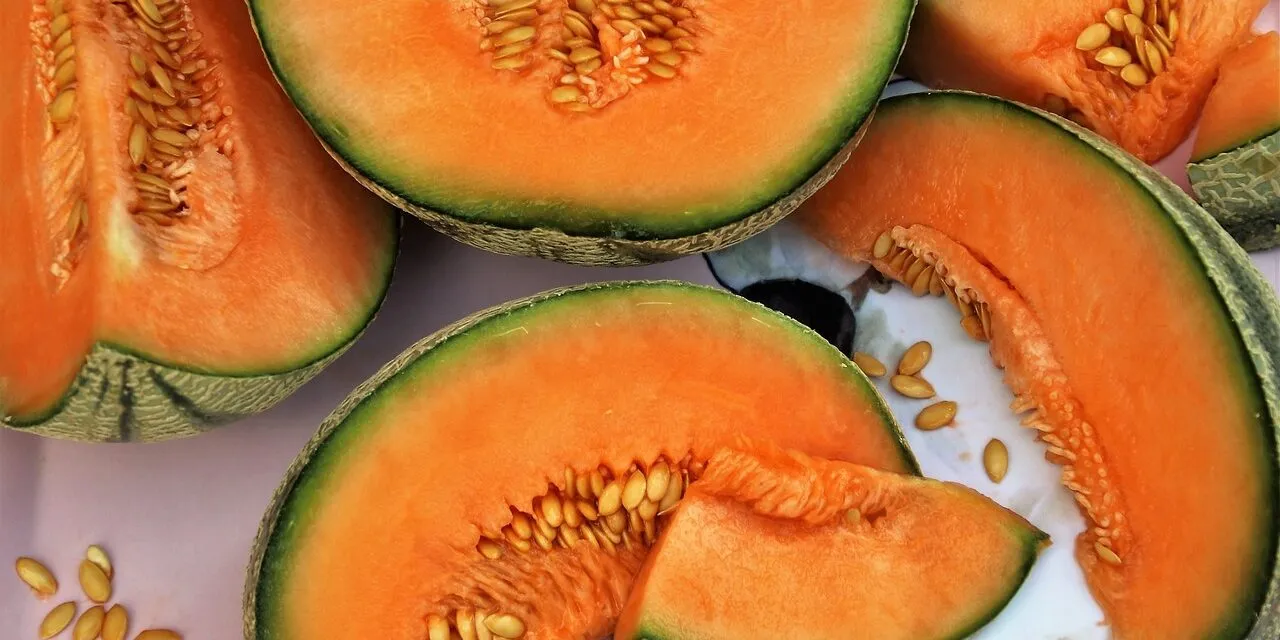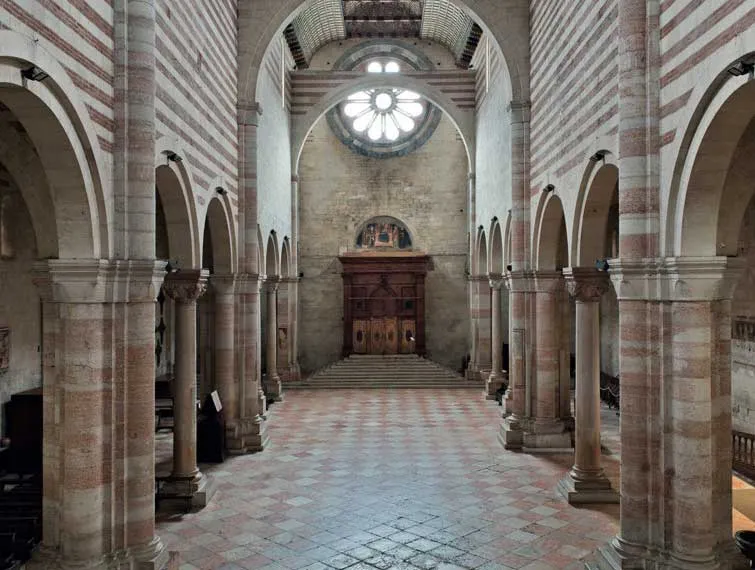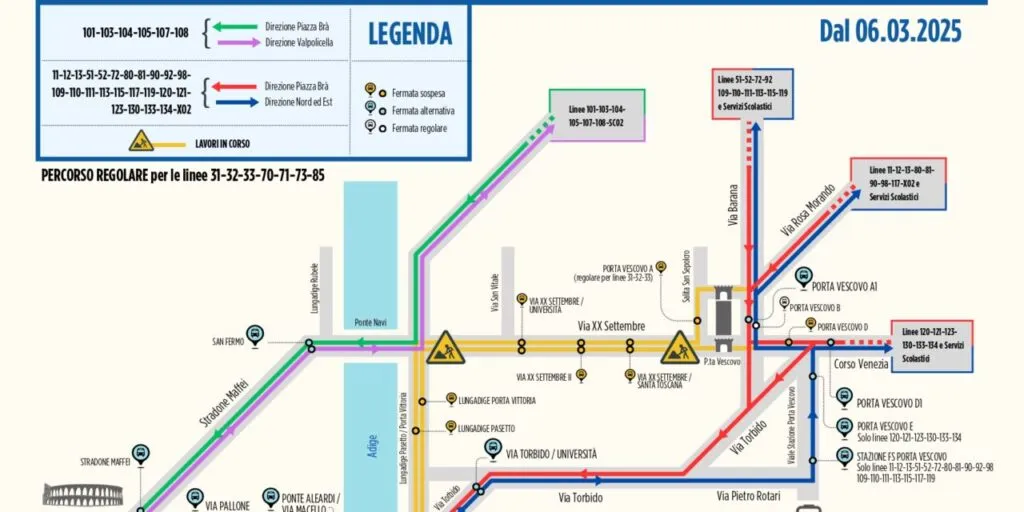The Melon Festival is coming back to Erbè, the municipality in the Lower Veronese. From this evening, Thursday, June 1, to Sunday, June 4, there will be a four-day event that will include, in addition to the melon protagonism, the brilliance of Verona cuisine’s food and wine, all accompanied by music, dancing, and Dj sets.
After the Bisi Festival in Colognola ai Colli that took place the last weekend, now it is the turn of another traditional event dedicated to the Veronese cuisine.
For over forty years the melon festival of Erbè welcomes Veronese and tourists who want to discover or rediscover one of the flagship products of Po’ Valley’s agriculture. The Melone Precoce Veronese – early Veronese melon – has a centuries-old history that intertwines the vicissitudes of world trade to the perfect conditions of cultivation of the Veronese territories.
The melon festival program.
Given its historical tradition, Verona celebrates the melon every year at the beginning of summer. The forty-second edition of this year will be inaugurated this evening, June 1, at 19:00 followed by the opening of the food stands that will offer the typical dishes of Veronese cuisine accompanied by good wine. And like any self-respecting Italian festival, there will be music and fun that in the four days will animate the Parco due Tioni. Tonight, Dj Giova will open the dance.
Friday, June 2, on the Republic Day, there will be a double opening of the food and wine stands: lunch and dinner. It will start at 12.15 for a rich day of celebration that this year will also see a creative cooking workshop dedicated to children aged 4 to 10 years. The event will be held at 15 always at the Parco due Tioni in Erbè and is limited to limited places on reservation required (here the link to book the event). Then, the stands will open at 19:30 followed by the musical evening of the Jolanda Band.
The long weekend will then continue Saturday, June 3 when at 18 the book by Romana Caloi “Medieval churches of Verona. Bassa Veronese” will be presented in the church of Erbello, followed by the dinner and the music event by Patty Stella. To conclude the melon celebrations, Sunday, June 4 the stands will remain open for lunch and dinner with the conclusion of the musical evening of Rossella Ross.
During the whole melon festival, in addition to tasting the typical dishes of Venetian cuisine, there will always be the option to buy the most delicious fruit from Verona, perhaps to try again at home the recipes suggested by the chefs.
Veronese cuisine and dishes proposed.
The undisputed star will be the melon. Among the proposals there will be the classic combination of ham and melon that every year fills the Italian tables during the summer season, since the times of the ancient Romans. The sweet and sour combination was in fact perfect for the food theories of the time according to which the “internal fire” of the human body could be extinguished by cold foods, such as fruit. So, what to do? You had to match cold foods with other hot and dry, and ham and wine were perfect for this.
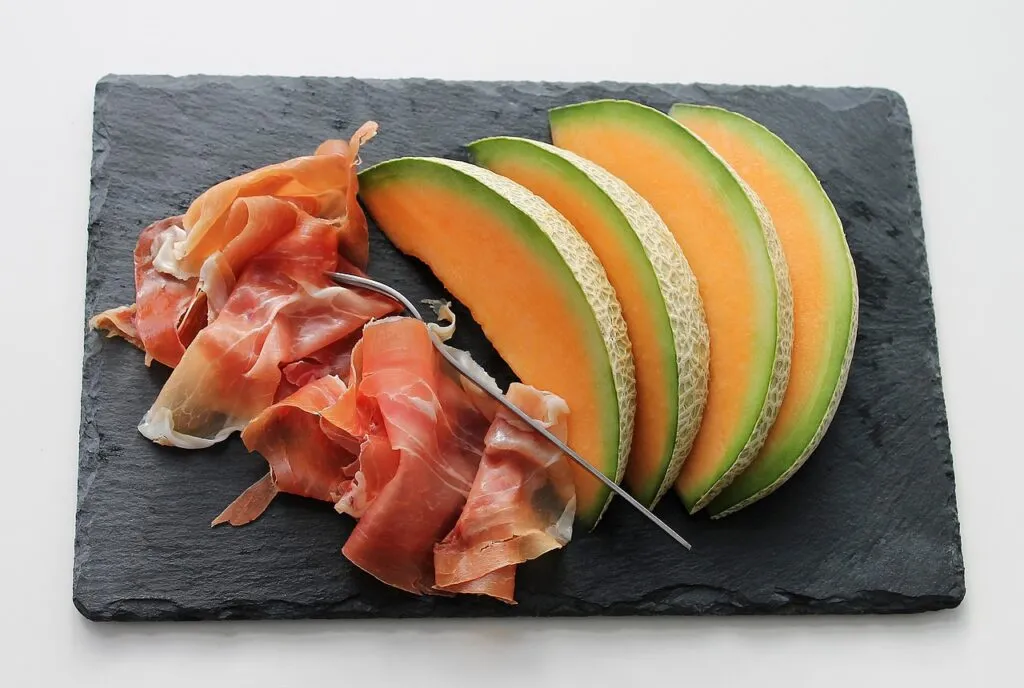
Another dish that will be served during the party will be the risotto al melone – melon risotto –. It is ideal for the summer season due to its ease of preparation and the materials that compose it. The melon risotto is made with vegetable broth and begins with slicing butter and onion for the sauté, followed by the rice, which, once golden, is added to the broth and the chopped melon pulp. It is until near the end that it is creamed with butter, cream, and parmesan.
But in addition to melon, there will also be some traditional Veronese meat dishes such as lasagne all’anitra – lasagna with duck –, which every year attract visitors and food lovers, and risotto tasal. The latter is characterized by a mixture of minced and peppered pork. Legend has it that it was born from the need to test the salting of salami; in fact, tastasal in Veronese dialect literally means “taste the salt”.
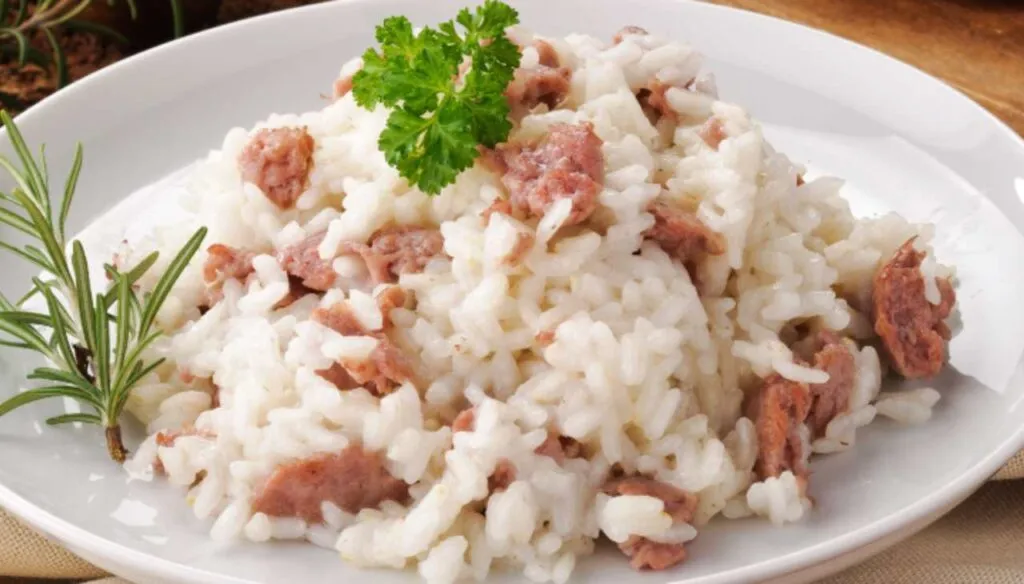
The Veronese melon.
As previously said, its history is intertwined with global commercial events. The melon is most likely Asian in origin, but there is also news from Africa. It was introduced in Italy during the Christian era, as demonstrated by certain paintings from the time, and expanded throughout Europe in the ninth century. Given the qualities of the soil of the Lower Veronese in which it grows, the Veronese melon is prized above all for its aroma. It is also high in water, vitamins A, B, and C, mineral salts (potassium and phosphorus), and is a high digestibility food, making it ideal for quenching thirst during the hot summer months.

